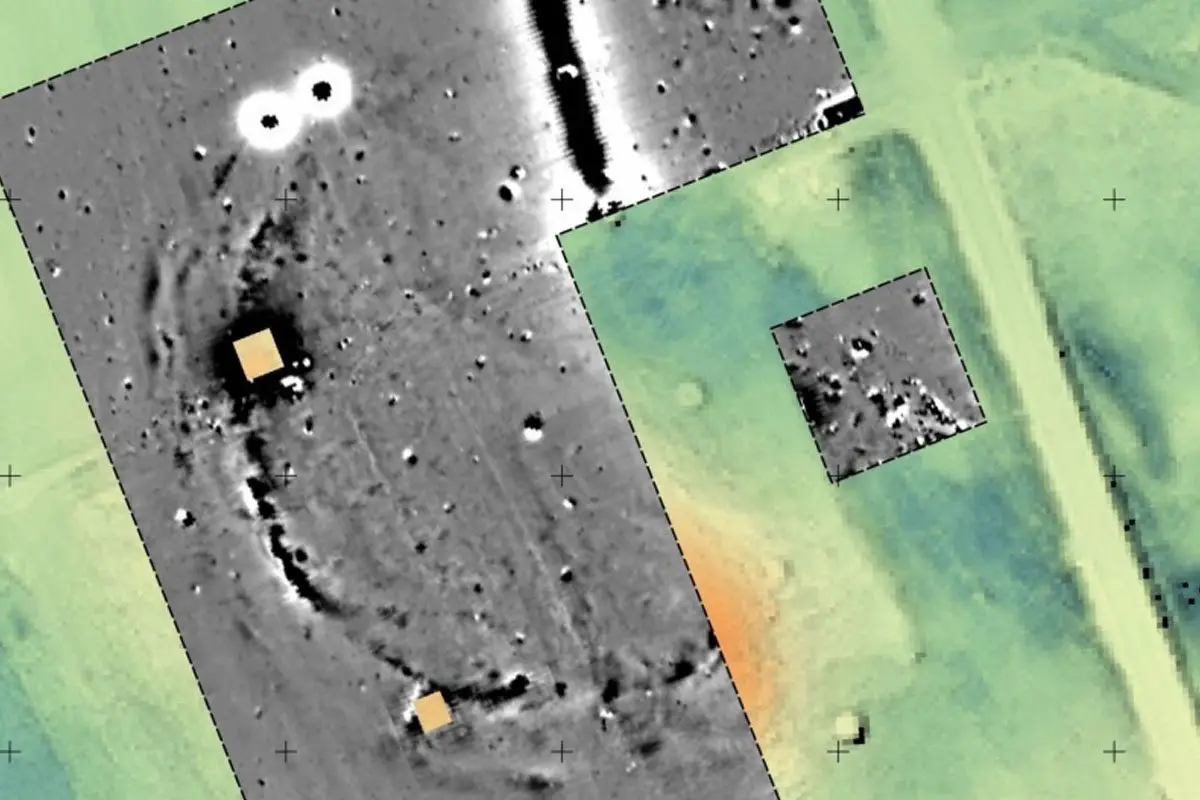Archaeologists have conducted a ground penetrating radar (GPR) survey of Żagań-Lutnia5, revealing that the monument is an Iron Age stronghold.
Żagań-Lutnia5 was first discovered in the 1960s near the town of Żagań in western Poland, with previous studies suggesting that the monument could be associated with the Białowieża group of the Lusatian urnfield culture.
The Lusatian culture existed in the later Bronze Age and early Iron Age (1300–500 BC) in most of what is now Poland. It formed part of the Urnfield systems found from eastern France, southern Germany and Austria to Hungary, and the Nordic Bronze Age in northwestern Germany and Scandinavia.
A recent study led by Dr. Arkadiusz Michalak on behalf of the Archaeological Museum of the Middle Oder River has revealed two parallel sequences of magnetic anomalies at Żagań-Lutnia5 that represent the remnants of earthen and wooden fortifications.
The course of the fortifications were recorded in the northern, western and southern parts of the study area, however, a study of the eastern section was limited due to a sewage collector built in the 1990’s.
Exploratory excavations found four cultural layers with remains of huts and hearths, in addition to a burnt layer from the last phase of occupation that suggests a period of conflict.
According to the researchers, the monument was likely built by the same people who constructed the stronghold in Wicin and a number of verified defensive settlements within the area of the Elbe, Nysa Łużycka and Odra.
As a result of the study, Żagań-Lutnia5 has been added to the catalogue of verified Early Iron Age strongholds located in today’s Lubusz Voivodeship.
Header Image Credit : Provincial Office for the Protection of Monuments
Sources : Provincial Office for the Protection of Monuments – Archaeological research at the site of Żagań-Lutnia5







